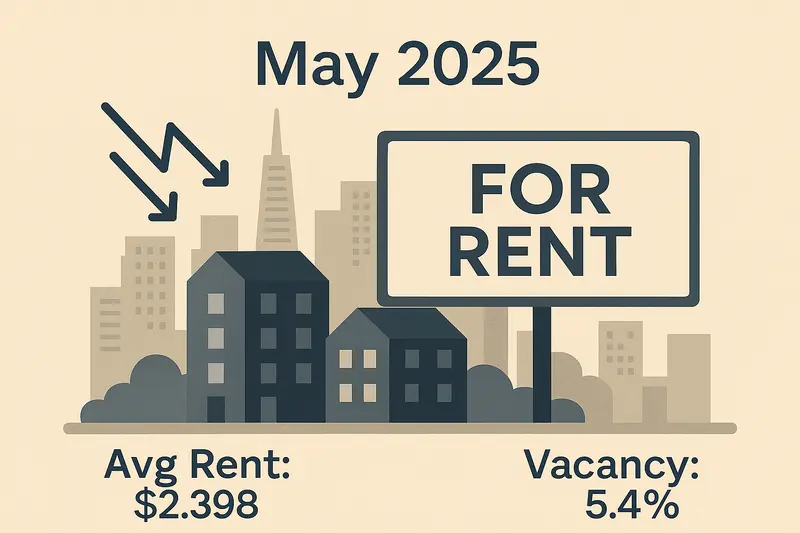Essential Move-In Checklist for Renters — Inspect, Document, and Protect Your Deposit
Question
Answer
Intro: A move-in checklist helps tenants document the unit’s condition, confirm utilities and access, and avoid deposit disputes. Use a room-by-room inspection, record meter readings and safety items, and save all communications with your landlord or property manager.
Main checklist — what to inspect and record:
- Lease & move-in basics: lease start date, rent amount, security deposit, payment method, lease term, pet rules, parking permit and tenant contact info. Confirm any move-in charges in writing.
- Entry, keys & locks: count keys/fobs, test deadbolts and window locks, note if landlord changed locks or agrees to do so.
- Safety & compliance: test smoke and CO detectors, locate the fuse box/breaker, main water and gas shut-off, and note fire escapes. For older homes, request lead-paint disclosures per federal rules (pre-1978). See HUD lead-paint info.
- Appliances & systems: run stove, oven, HVAC/thermostat, water heater, garbage disposal, washer/dryer (if included). Note model issues, leaks, or missing parts.
- Plumbing & water: check faucets, toilets, drains, water pressure and hot water availability. Record water meter reading if possible.
- Electrical: test outlets, switches, GFCI outlets in bathrooms/kitchen, and note exposed wiring or tripped breakers.
- Walls, floors & fixtures: photograph all existing scratches, stains, holes, mold, or pest signs. Open cabinets and closets, check windows for cracks and seals, and test window screens.
- Exterior & common areas: inspect porch, roofline visible damage, mailbox, assigned parking, and shared amenity condition.
- Photos & timestamps: take clear, timestamped photos or video (include wide shots and close-ups). Back these up and attach them to an email to the landlord.
- Move-in inspection report: complete a signed checklist with the landlord or manager when possible; if they won’t meet, send your documented report by email and request written acknowledgement.
Timing, repairs and disputes: report urgent habitability issues immediately (gas leaks, no heat, major leaks). For non-urgent items, list reasonable repair timeframes and follow up in writing. Keep receipts for any approved emergency repairs or temporary measures. States set different rules for security-deposit deductions and return windows (commonly 14–60 days), so retain your documentation.
Final note: a thorough move-in checklist protects both tenant and landlord by creating a clear baseline. Before signing or contesting significant charges, it’s advisable to consult a licensed local attorney or a trusted real estate professional


